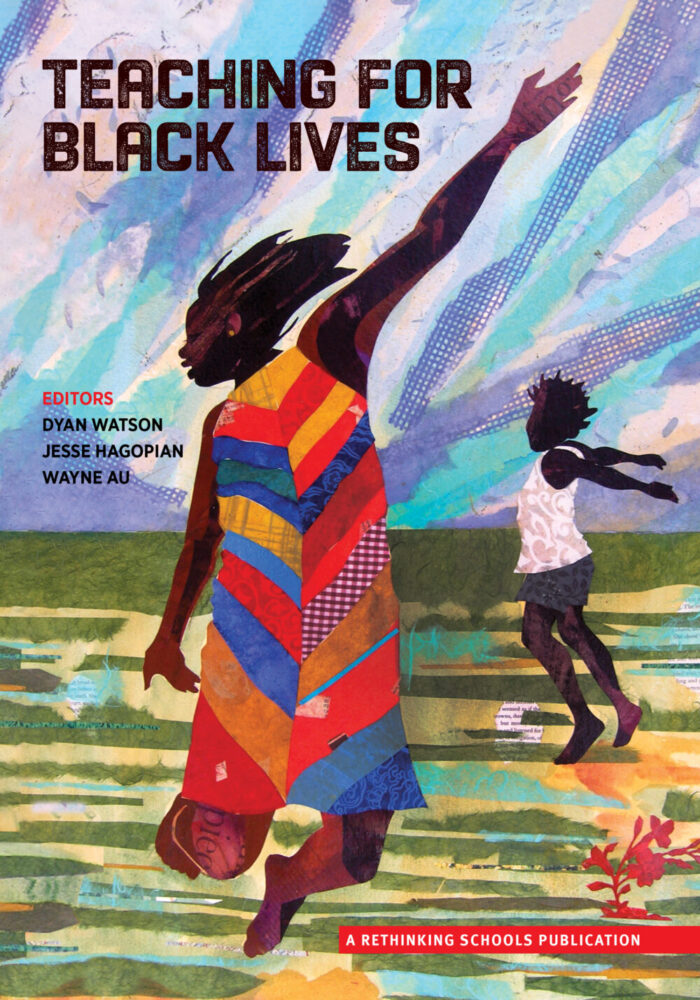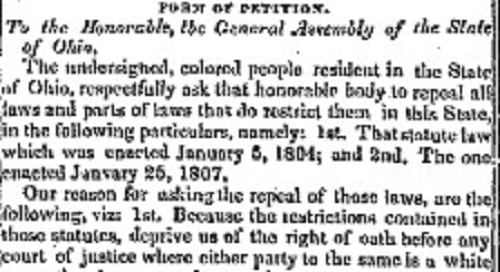Black education was a fugitive project from its inception — outlawed and defined as a criminal act regarding the slave population in the southern states and, at times, too, an object of suspicion and violent resistance in the North. — Jarvis Givens, Fugitive Pedagogy
This lesson reveals a pattern: When Black people make significant educational gains — or score victories in their broader struggles for freedom — there is a corresponding white supremacist backlash that often includes legal restrictions and violence. We could call this phenomenon, educational retaliation correspondence (ERC). But this lesson challenges students to come up with their own name for the concept.
This lesson teaches the concept of ERC by exploring major examples of laws passed to curb Black education in the wake of major victories for the Black Freedom Struggle, highlighting the historical context and motivations behind these legislative efforts. Here are the laws the students investigate:
Scenario 1: The South Carolina Negro Act (1740)
Passed in response to the Stono Rebellion, this law made it illegal to teach enslaved people to read or write, aiming to prevent further insurrections.
Scenario 2: Ban on Insurrectionary Pamphlets (1829)
Enacted in response to David Walker’s Appeal, this law criminalized the distribution of materials that could incite rebellion to slavery.
Scenario 3: Virginia Literacy Ban (1831)
Following the publication of David Walker’s Appeal in 1829 and numerous uprisings of the enslaved, states across the South began to pass or amend existing anti-literacy laws to prevent future insurrections and thwart the struggle for Black education.
Scenario 4: The Connecticut “Black Law” (1833)
Prohibited the establishment of schools for Black students who were not residents of Connecticut, in response to the abolition movement.
Scenario 5: The Black Codes (1865)
Sought to limit the economic and educational opportunities available to Black people as a result of emancipation after the Civil War. In many states, Black Codes restricted access to education by underfunding schools for Black children or outright denying public education.
Scenario 6: Florida Constitution (1885)
Mandated separate and unequal educational systems for Black and white students, in response to the opening of schools for Black students during Reconstruction.
Scenario 7: South Carolina Law Banning Educator Membership in the NAACP (1956)
This law targeted public workers and teachers to suppress civil rights activism and maintain segregation.
Scenario 8: The Stanley Plan (1956)
Enacted to resist the desegregation mandated by Brown v. Board of Education, these laws sought to maintain racial segregation in schools.
Scenario 9: Mozert v. Hawkins County Board of Education (1983)
The adoption of multicultural curricula in Tennessee’s school districts led to a series of school bombings and a lawsuit filed by parents who didn’t want their kids to study about diverse experiences.
Scenario 10: Parents Involved in Community Schools v. Seattle School District No. 1 (2007)
The Seattle School District implemented a “racial tiebreaker” policy in 1998, which used race as a factor in determining school assignments when certain schools became oversubscribed. The goal was to maintain a level of racial diversity and prevent the resegregation of schools. The U.S. Supreme Court ruled that policy unconstitutional. This was in response to efforts to desegregate schools in the 1990s around the country, including in Seattle.
Scenario 11: CRT and Antiracist Education Bans (2021)
These laws prohibit discussions of systemic racism and Black history in schools, following the 2020 uprising for Black lives.
Through this lesson, I hope students will recognize the recurring pattern of white supremacist backlash to Black educational advancements, while also understanding the power and potential of education as a tool for liberation. By studying the laws enacted throughout history that sought to suppress education and social movements, students critically engage with the ways education has been both a site of oppression and a powerful weapon in the fight for freedom. Ultimately, I want students to leave with a deepened awareness of the centrality of education in Black Freedom Struggle and the role it can play in the struggles for racial justice today.
















Twitter
Google plus
LinkedIn